
The other day, we went to a designer's fashion shop whose owner was
rather adamant that he was never ever going to wear a face mask, and
that he didn't believe the COVID-19 thing was real. When I argued for
the opposing position, he pretty much dismissed what I said out of hand,
claiming that "the hospitals are empty dude" and "it's all a lie". When
I told him that this really isn't true, he went like "well, that's just
your opinion". Well, no -- certain things are facts, not opinions. Even
if you don't believe that this disease kills people, the idea that this
is a matter of opinion is missing the ball by so much that I was pretty
much stunned by the level of ignorance.
His whole demeanor pissed me off rather quickly. While I disagree with
the position that it should be your decision whether or not to wear a
mask, it's certainly possible to have that opinion. However, whether or
not people need to go to hospitals is not an opinion -- it's something
else entirely.
After calming down, the encounter got me thinking, and made me focus on
something I'd been thinking about before but hadn't fully forumlated:
the fact that some people in this world seem to misunderstand the nature
of what it is to do science, and end up, under the claim of being
"sceptical", with various nonsense things -- see scientology, flat earth
societies, conspiracy theories, and whathaveyou.
So, here's something that might (but probably won't) help some people
figuring out stuff. Even if it doesn't, it's been bothering me and I
want to write it down so it won't bother me again. If you know all this
stuff, it might be boring and you might want to skip this post.
Otherwise, take a deep breath and read on...
Statements are things people say. They can be true or false; "the
sun is blue" is an example of a statement that is trivially false. "The
sun produces light" is another one that is trivially true. "The sun
produces light through a process that includes hydrogen fusion" is
another statement, one that is a bit more difficult to prove true or
false. Another example is "Wouter Verhelst does not have a favourite
color". That happens to be a true statement, but it's fairly difficult
for anyone that isn't me (or any one of the other Wouters Verhelst out
there) to validate as true.
While statements can be true or false, combining statements without more
context is not always possible. As an example, the statement "Wouter
Verhelst is a Debian Developer" is a true statement, as is the statement
"Wouter Verhelst is a professional Volleybal player"; but the statement
"Wouter Verhelst is a professional Volleybal player and a Debian
Developer" is not, because while I am a Debian Developer, I am not a
professional Volleybal player -- I just happen to share a name with
someone who is.
A statement is never a fact, but it can
describe a fact. When a
statement is a true statement, either because we trivially know what it
states to be true or because we have performed an experiment that
proved beyond any possible doubt that the statement is true, then what
the statement describes is a fact. For example, "Red is a color" is a
statement that describes a fact (because, yes, red is definitely a
color, that is a fact). Such statements are called statements of
fact. There are other possible statements. "Grass is purple" is a
statement, but it is not a statement of fact; because as everyone knows,
grass is (usually) green.
A statement can also describe an opinion. "The Porsche 911 is a nice
car" is a statement of opinion. It is one I happen to agree with, but it
is certainly valid for someone else to make a statement that conflicts
with this position, and there is nothing wrong with that. As the saying
goes, "opinions are like assholes: everyone has one". Statements
describing opinions are known as statements of opinion.
The differentiating factor between facts and opinions is that facts are
universally true, whereas opinions only hold for the people who state
the opinion and anyone who agrees with them. Sometimes it's difficult or
even impossible to determine whether a statement is true or not. The
statement "The numbers that win the South African Powerball lottery on
the 31st of July 2020 are 2, 3, 5, 19, 35, and powerball 14" is not a
statement of fact, because at the time of writing, the 31st of July 2020
is in the future, which at this point gives it a 1 in 24,435,180 chance
to be true). However, that does not make it a statement of opinion; it
is not my
opinion that the above numbers will win the South African
powerball; instead, it is my
guess that those numbers will be correct.
Another word for "guess" is hypothesis: a hypothesis is a statement
that may be universally true or universally false, but for which the
truth -- or its lack thereof -- cannot currently be proven beyond doubt.
On Saturday, August 1st, 2020 the above statement about the South
African Powerball may become a statement of fact; most likely however,
it will instead become a false statement.
An unproven hypothesis may be expressed as a matter of belief. The
statement "There is a God who rules the heavens and the Earth" cannot
currently (or ever) be
proven beyond doubt to be either true or false,
which by definition makes it a hypothesis; however, for matters of
religion this is entirely unimportant, as for believers the belief that
the statement is correct is all that matters, whereas for nonbelievers
the truth of that statement is not at all relevant. A belief is not an
opinion; an opinion is not a belief.
Scientists do not deal with unproven hypotheses, except insofar that
they attempt to prove, through direct observation of nature (either out
in the field or in a controlled laboratory setting) that the hypothesis
is, in fact, a statement of fact. This makes unprovable hypotheses
unscientific -- but that does
not mean that they are false, or even
that they are uninteresting statements. Unscientific statements are
merely statements that science cannot either prove or disprove, and that
therefore lie outside of the realm of what science deals with.
Given that background, I have always found the so-called "conflict"
between science and religion to be a non-sequitur. Religion deals in one
type of statements; science deals in another. The do not overlap, since
a statement can either be proven or it cannot, and religious statements
by their very nature focus on unprovable belief rather than universal
truth. Sure, the range of things that science has figured out the facts
about has grown over time, which implies that religious statements have
sometimes been proven false; but is it heresy to say that "animals exist
that can run 120 kph" if that is the truth, even if such animals don't
exist in, say, Rome?
Something very similar can be said about conspiracy theories. Yes, it is
possible to hypothesize that NASA did not send men to the moon, and that
all the proof contrary to that statement was somehow fabricated.
However, by its very nature such a hypothesis cannot be proven or
disproven (because the statement states that
all proof was
fabricated), which therefore implies that it is an unscientific
statement.
It is good to be sceptical about what is being said to you. People can
have various ideas about how the world works, but only one of those
ideas -- one of the possible hypotheses -- can be true. As long as a
hypothesis remains unproven, scientists
love to be sceptical
themselves. In fact, if you can somehow prove beyond doubt that a
scientific hypothesis is false, scientists will love you -- it means
they now know something more about the world and that they'll have to
come up with something else, which is a lot of fun.
When a scientific experiment or observation proves that a certain
hypothesis is true, then this
probably turns the hypothesis into a
statement of fact. That is, it is of course possible that there's a flaw
in the proof, or that the experiment failed (but that the failure was
somehow missed), or that no observance of a particular event happened
when a scientist tried to observe something, but that this was only
because the scientist missed it. If you can show that any of those
possibilities hold for a scientific proof, then you'll have turned a
statement of fact back into a hypothesis, or even (depending on the
exact nature of the flaw) into a false statement.
There's more. It's human nature to want to be rich and famous, sometimes
no matter what the cost. As such, there
have been scientists who have
falsified experimental results, or who have claimed to have observed
something when this was not the case. For that reason, a scientific
paper that gets written after an experiment turned a hypothesis into
fact describes not only the results of the experiment and the observed
behavior, but also the
methodology: the way in which the experiment
was run, with enough details so that
anyone can retry the experiment.
Sometimes that may mean spending a large amount of money just to be able
to run the experiment (most people don't have an LHC in their backyard,
say), and in some cases some of the required materials won't be
available (the latter is expecially true for, e.g., certain chemical
experiments that involve highly explosive things); but the information
is always
there, and if you spend enough time and money reading
through the available papers, you will be able to independently prove
the hypothesis yourself. Scientists tend to do just that; when the
results of a new experiment are published, they will try to rerun the
experiment, partially because they want to see things with their own
eyes; but partially also because if they can find fault in the
experiment or the observed behavior, they'll have reason to write a
paper of their own, which will make them a bit more rich and famous.
I guess you could say that there's three types of people who deal with
statements: scientists, who deal with provable hypotheses and
statements of fact (but who have no use for unprovable hypotheses and
statements of opinion); religious people and conspiracy theorists,
who deal with unprovable hypotheses (where the religious people deal
with these to serve a large cause, while conspiracy theorists
only
care about the unprovable hypotheses); and politicians, who should
care about proven statements of fact and
produce statements of
opinion, but who usually attempt the reverse of those two these days

Anyway...
[[!img
Error: Image::Magick is not installed]]
 ... isn't ready yet, but it's getting there.
I had planned to release a new version of SReview, my online video review and
transcoding system that I wrote originally for FOSDEM but is being used for
DebConf, too, after it was set up and running properly for FOSDEM 2020.
However, things got a bit busy (both in my personal life and in the world at
large), so it fell a bit by the wayside.
I've now also been working on things a bit more, in preparation for an
improved administrator's interface, and have started implementing a REST
API to deal with talks etc through HTTP calls. This seems to be coming
along nicely, thanks to
OpenAPI and the Mojolicious
plugin for parsing
that. I can now
design the API nicely, and autogenerate client side libraries to call
them.
While at it, because libmojolicious-plugin-openapi-perl isn't available
in Debian 10 "buster", I moved the docker
containers
over from stable to testing. This revealed that both
bs1770gain and
inkscape changed their command
line incompatibly, resulting in me having to work around those
incompatibilities. The good news is that I managed to do so in a way
that keeps running SReview on Debian 10 viable, provided one installs
Mojolicious::Plugin::OpenAPI from CPAN rather than from a Debian
package. Or installs a backport of that package, of course. Or, heck,
uses the Docker containers in a kubernetes environment or some such --
I'd love to see someone use that in production.
Anyway, I'm still finishing the API, and the implementation of that API
and the test suite that ensures the API works correctly, but progress is
happening; and as soon as things seem to be working properly, I'll do a
release of SReview 0.6, and will upload that to Debian.
Hopefully that'll be soon.
... isn't ready yet, but it's getting there.
I had planned to release a new version of SReview, my online video review and
transcoding system that I wrote originally for FOSDEM but is being used for
DebConf, too, after it was set up and running properly for FOSDEM 2020.
However, things got a bit busy (both in my personal life and in the world at
large), so it fell a bit by the wayside.
I've now also been working on things a bit more, in preparation for an
improved administrator's interface, and have started implementing a REST
API to deal with talks etc through HTTP calls. This seems to be coming
along nicely, thanks to
OpenAPI and the Mojolicious
plugin for parsing
that. I can now
design the API nicely, and autogenerate client side libraries to call
them.
While at it, because libmojolicious-plugin-openapi-perl isn't available
in Debian 10 "buster", I moved the docker
containers
over from stable to testing. This revealed that both
bs1770gain and
inkscape changed their command
line incompatibly, resulting in me having to work around those
incompatibilities. The good news is that I managed to do so in a way
that keeps running SReview on Debian 10 viable, provided one installs
Mojolicious::Plugin::OpenAPI from CPAN rather than from a Debian
package. Or installs a backport of that package, of course. Or, heck,
uses the Docker containers in a kubernetes environment or some such --
I'd love to see someone use that in production.
Anyway, I'm still finishing the API, and the implementation of that API
and the test suite that ensures the API works correctly, but progress is
happening; and as soon as things seem to be working properly, I'll do a
release of SReview 0.6, and will upload that to Debian.
Hopefully that'll be soon.

 Anyway...
[[!img
Anyway...
[[!img 

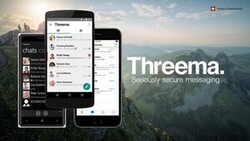









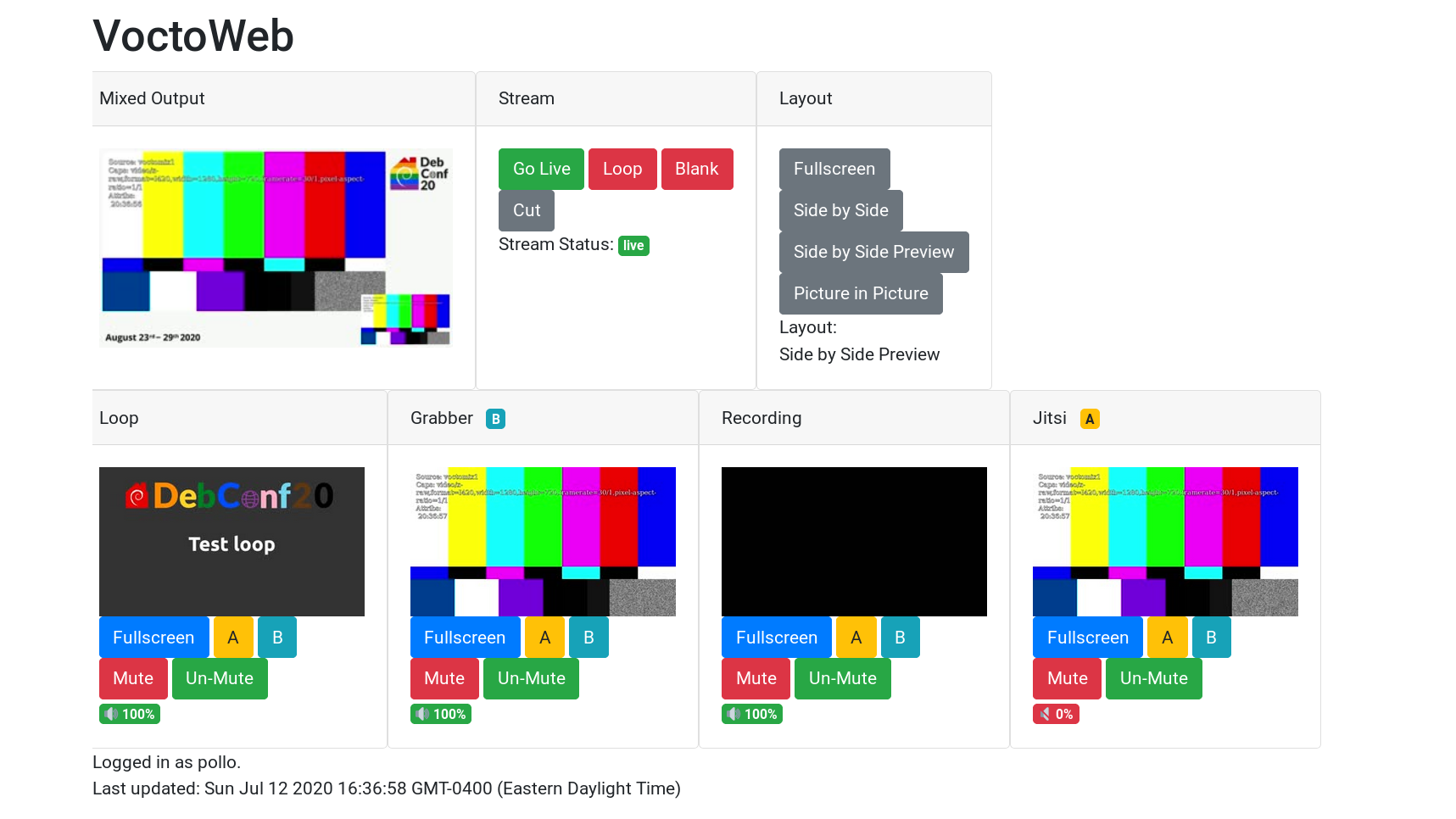
 I know most Debian people know about this already But in case you
don t follow the usual Debian communications channels, this might
interest you!
Given most of the world is still under COVID-19 restrictions, and that
we want to work on Debian, given there is no certainty as to what the
future holds in store for us Our DPL fearless as they always are
had the bold initiative to make this weekend into the first-ever
I know most Debian people know about this already But in case you
don t follow the usual Debian communications channels, this might
interest you!
Given most of the world is still under COVID-19 restrictions, and that
we want to work on Debian, given there is no certainty as to what the
future holds in store for us Our DPL fearless as they always are
had the bold initiative to make this weekend into the first-ever
 So, we are already halfway through DebCamp (which means, you can come
and hang out with us in the
So, we are already halfway through DebCamp (which means, you can come
and hang out with us in the 


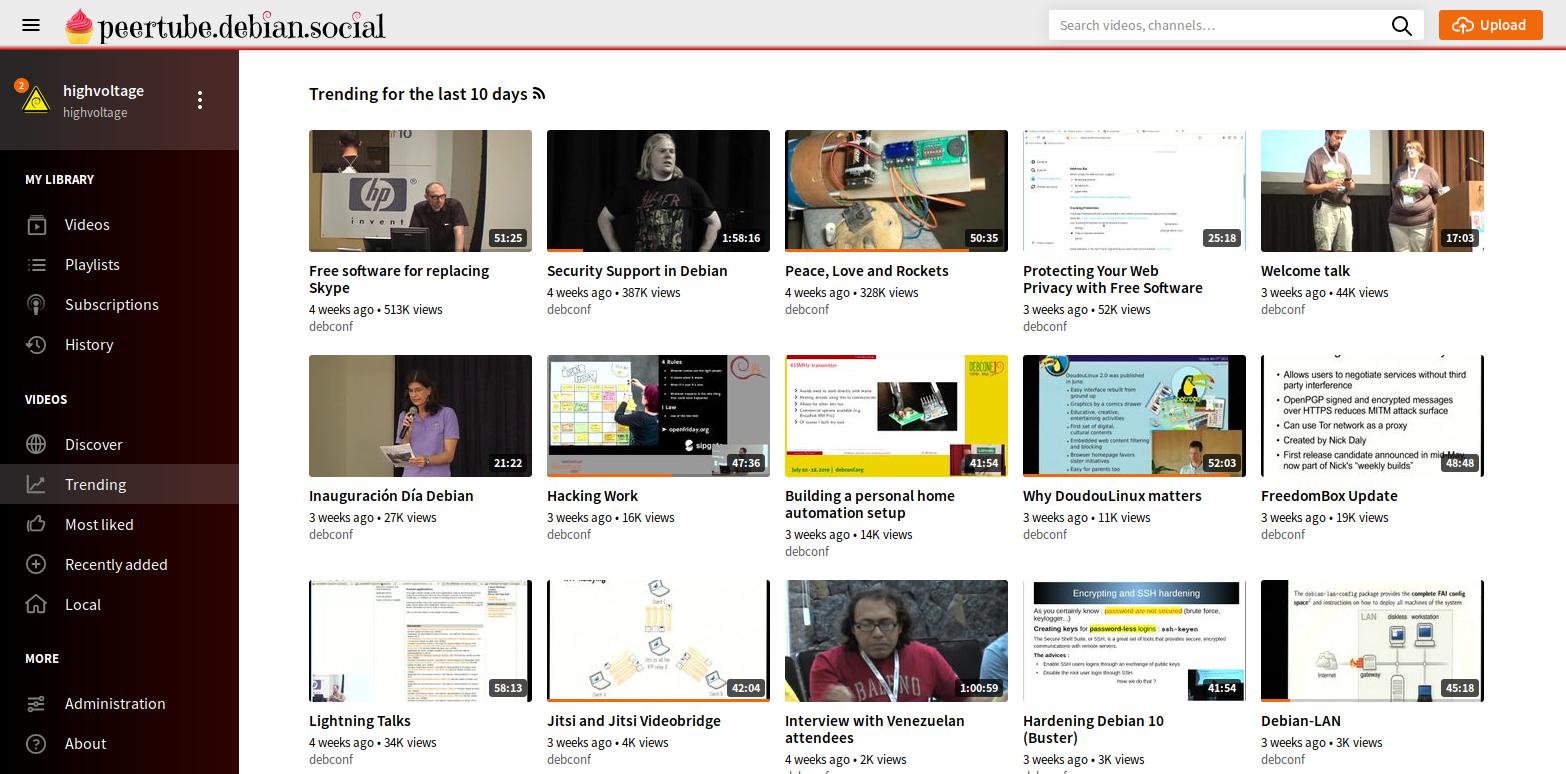
 Wouter s tasks
Wouter s tasks Wouter s props, needed to complete his tasks
Wouter s props, needed to complete his tasks Bike tour leg at Cape Town Stadium.
Bike tour leg at Cape Town Stadium. Seeking out 29 year olds.
Seeking out 29 year olds.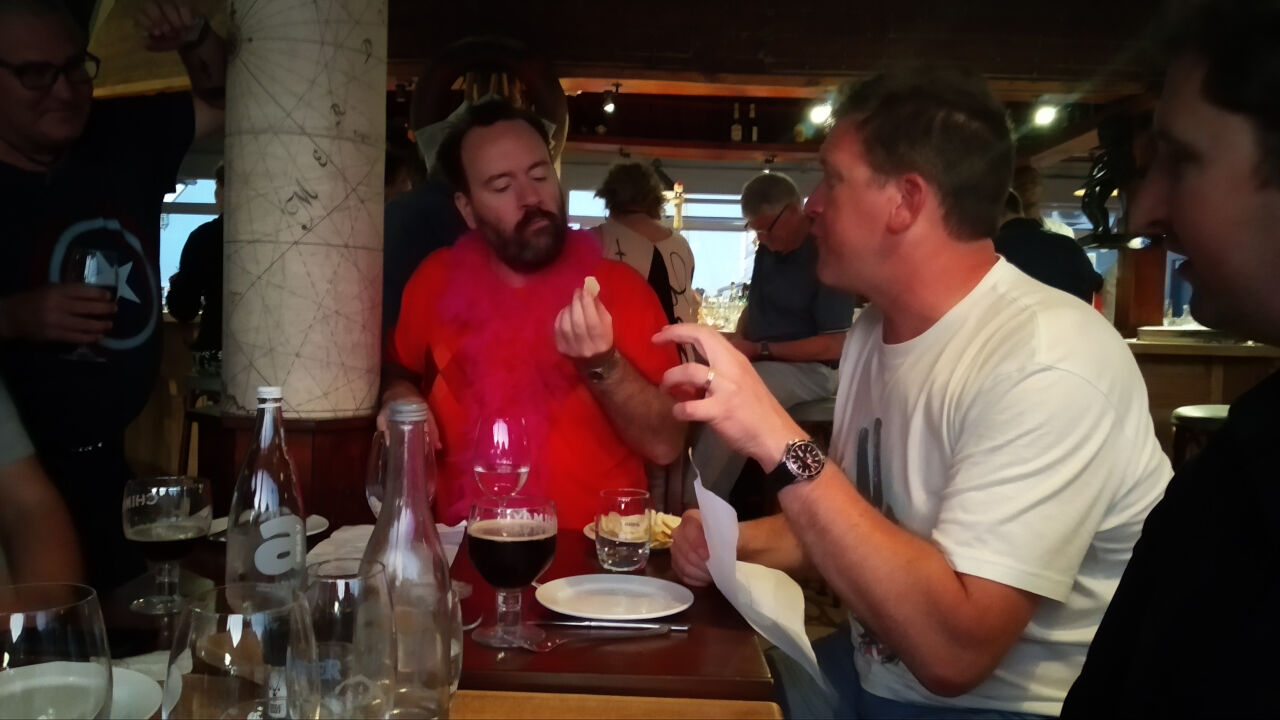 Wouter finishing his lemon and actually seemingly enjoying it.
Wouter finishing his lemon and actually seemingly enjoying it.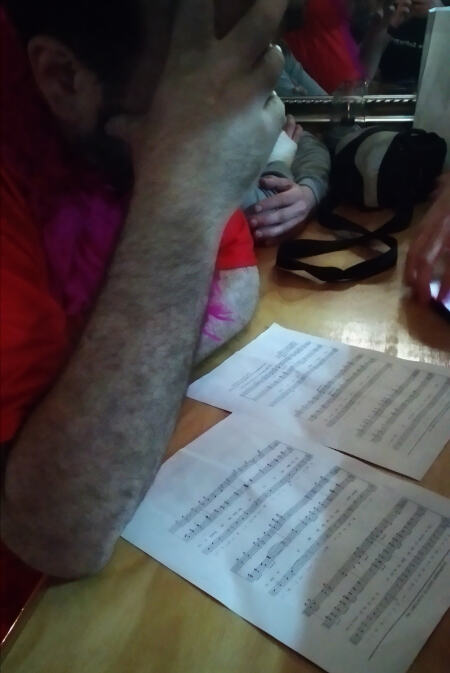 Reciting South African national anthem notes and lyrics.
Reciting South African national anthem notes and lyrics. The national anthem, as performed by Wouter (I was actually impressed by how good his pitch was).
The national anthem, as performed by Wouter (I was actually impressed by how good his pitch was).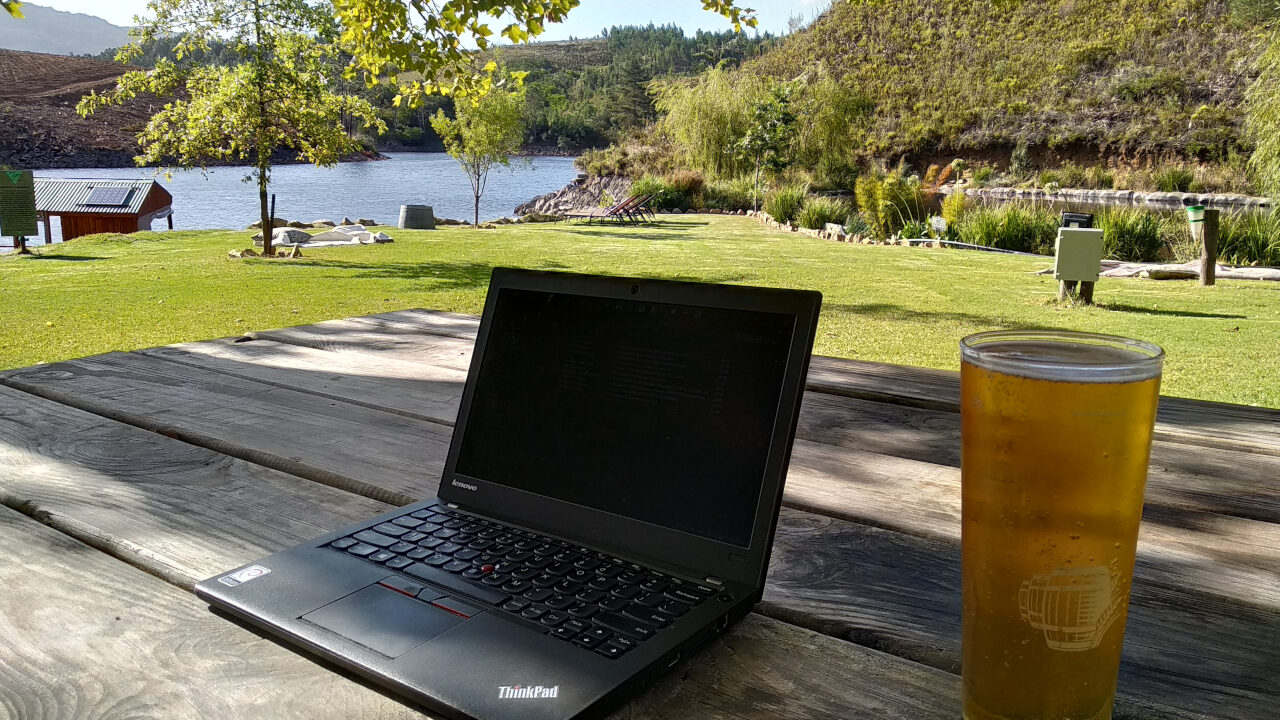
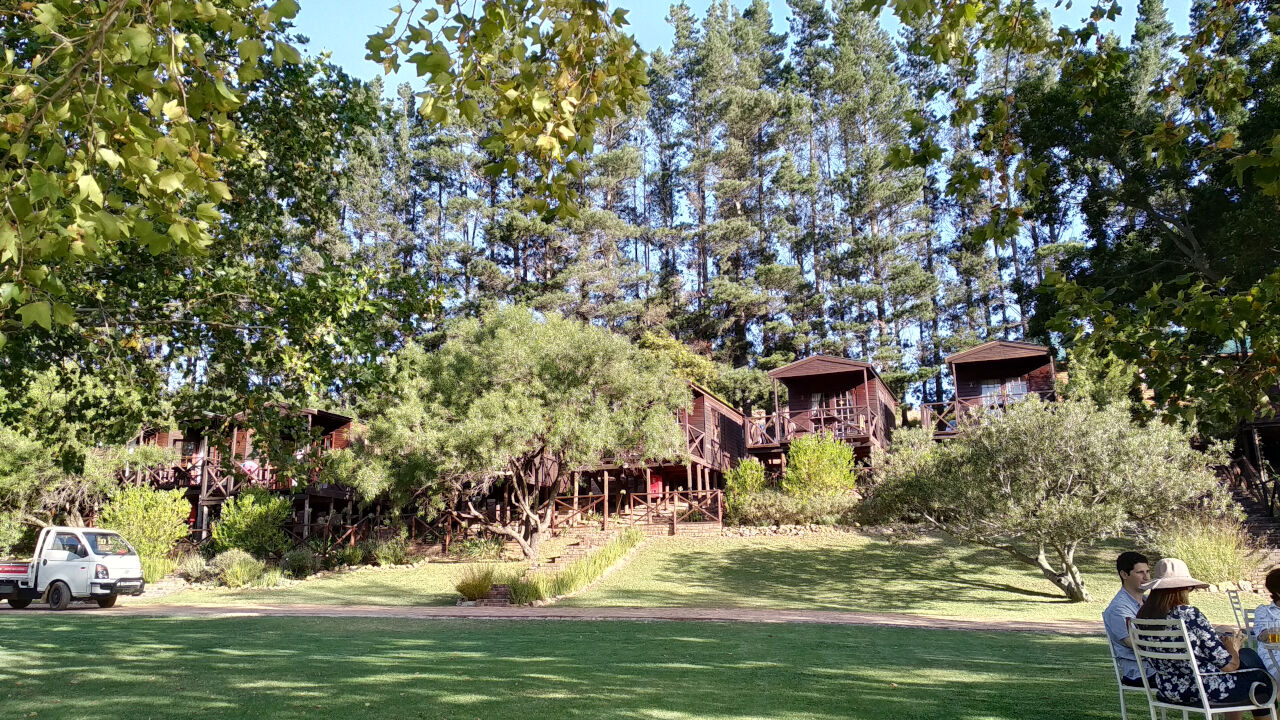 Accommodation at the lodge
Accommodation at the lodge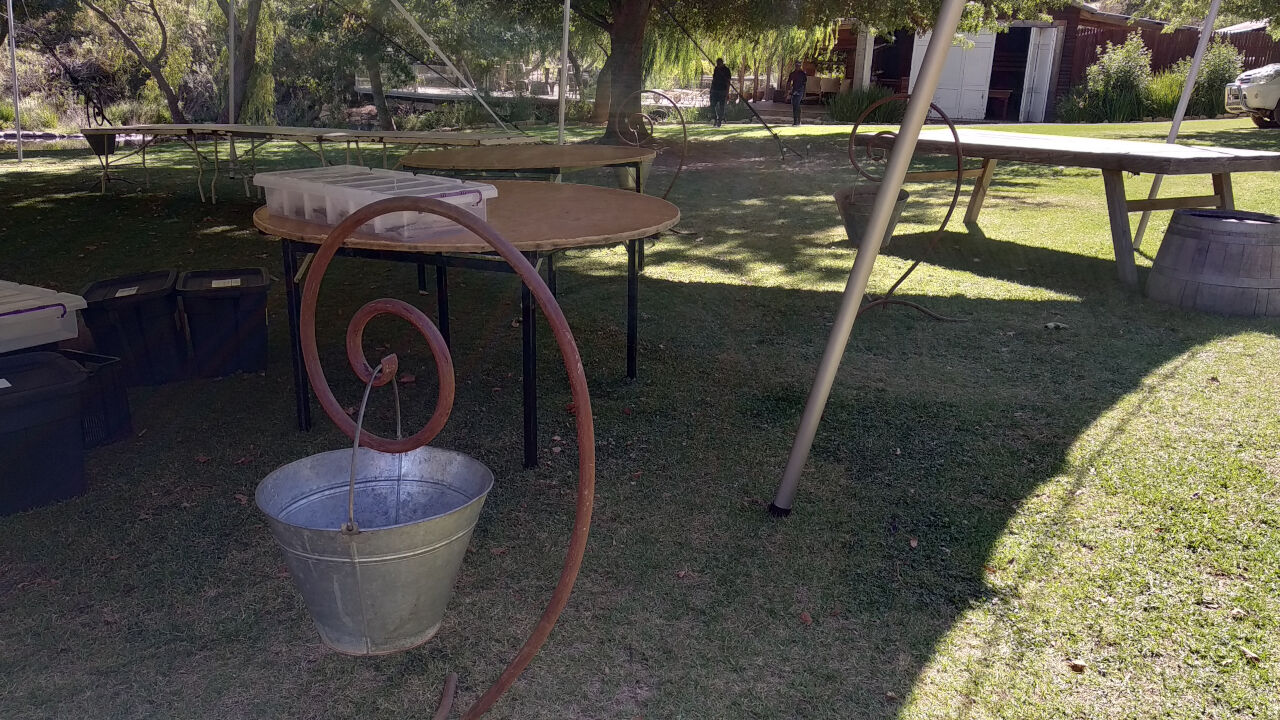 Debian swirls everywhere
Debian swirls everywhere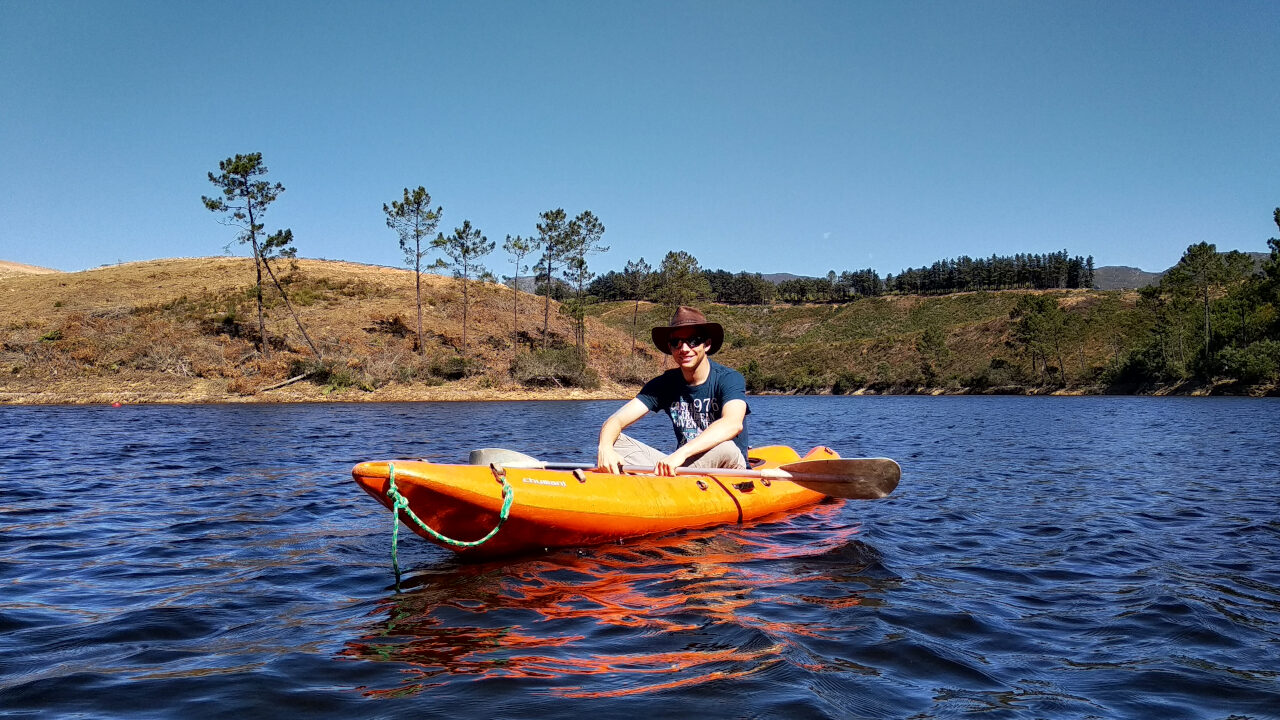 I took a canoe ride on the river and look what I found, a paddatrapper!
I took a canoe ride on the river and look what I found, a paddatrapper!


 A bit of digital zoomage of previous image.
A bit of digital zoomage of previous image. Time to say the vows.
Time to say the vows. Just married. Thanks to Sue Fuller-Good for the photo.
Just married. Thanks to Sue Fuller-Good for the photo.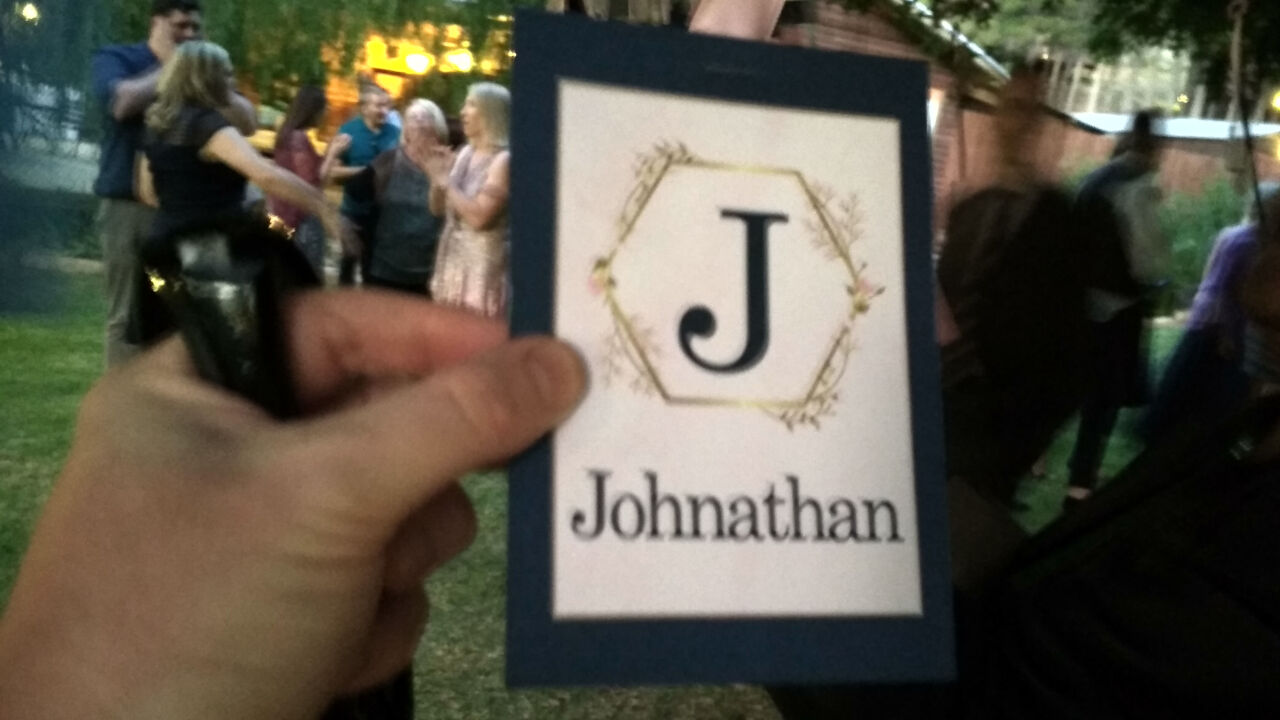 Except for one character being out of place, this was a perfect fairy tale wedding, but I pointed Wouter to
Except for one character being out of place, this was a perfect fairy tale wedding, but I pointed Wouter to 